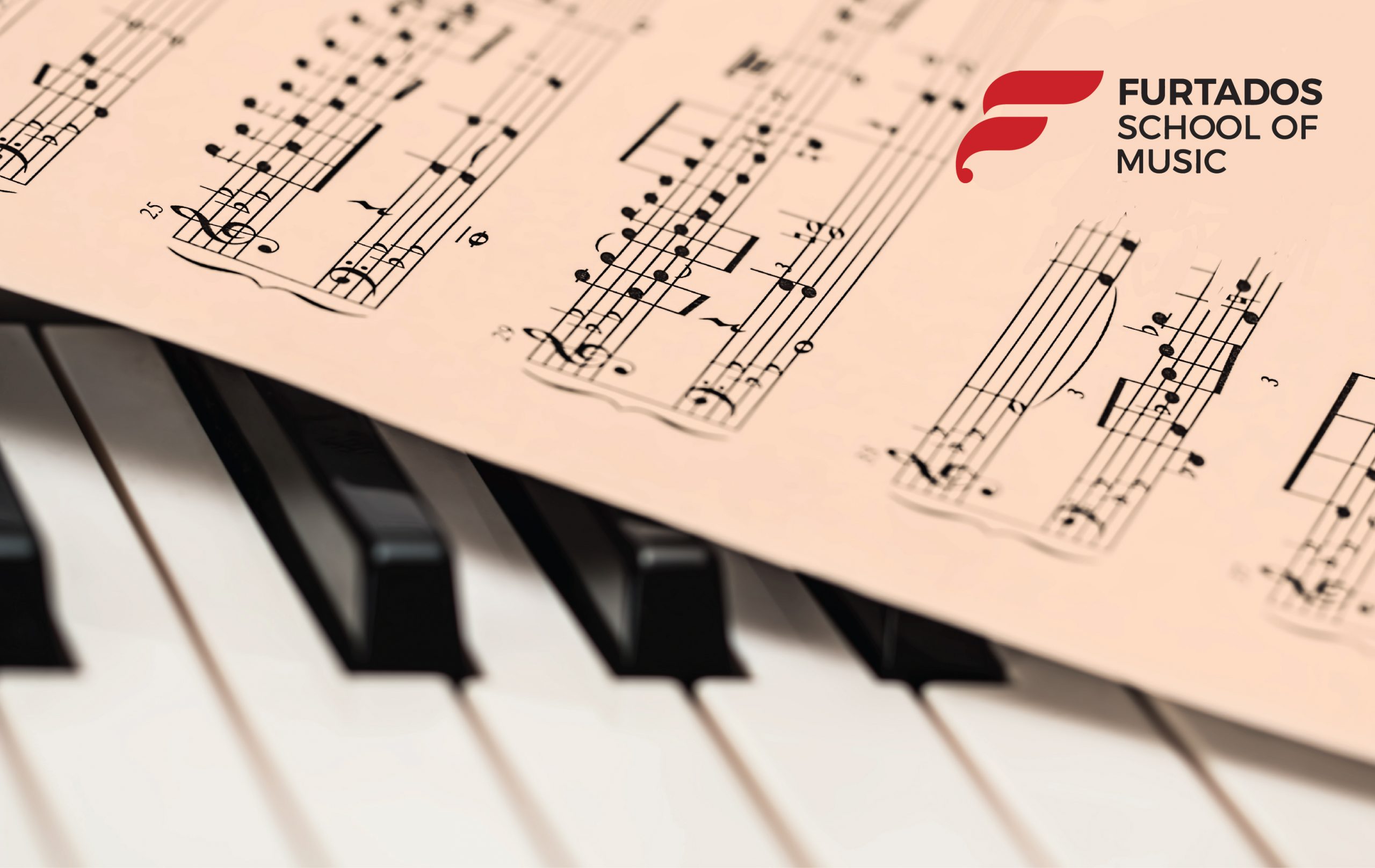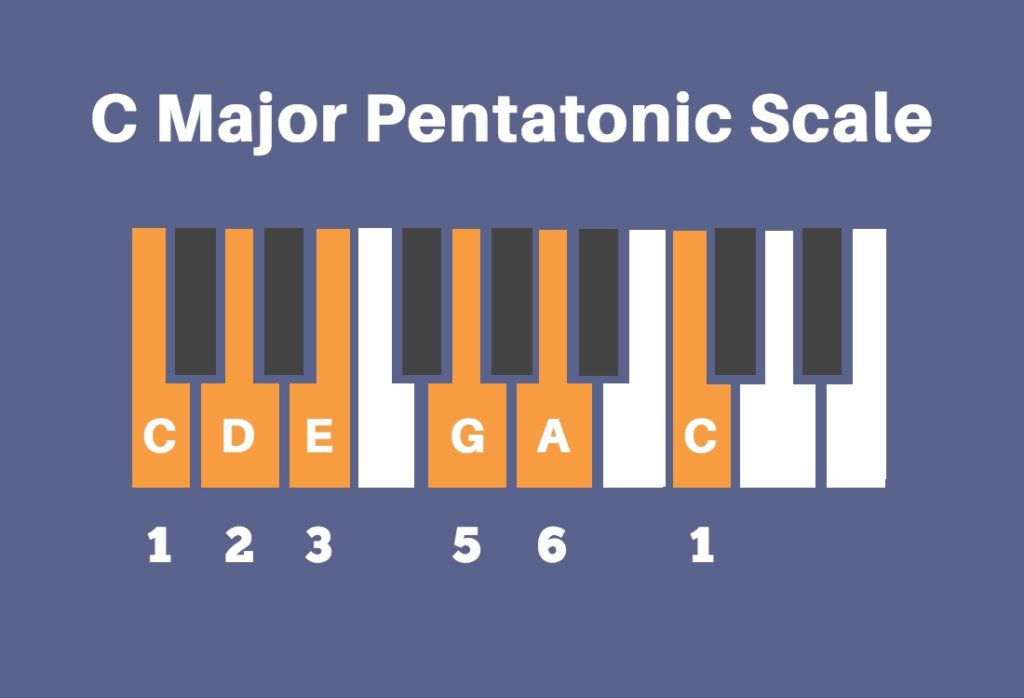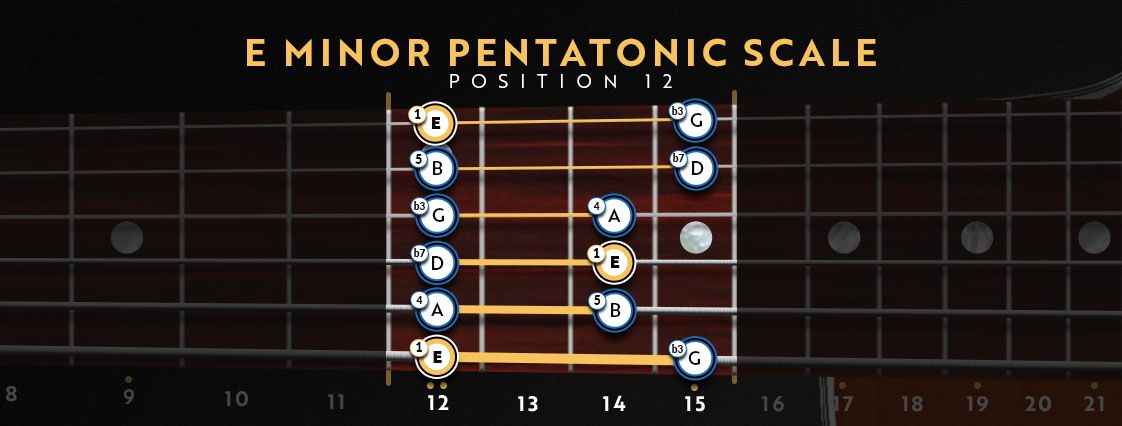Are you tired of feeling like a beginner every time you pick up your guitar? It’s time to conquer those pesky scales once and for all! Sure, mastering essential guitar scales may seem daunting, but fear not, fellow axe-wielder. With a little practice, a lot of patience, and maybe a few tears (we won’t judge), you’ll be shredding like a pro in no time. So grab your guitar, crank up the amp, and get ready to rock your way to scale mastery.
Contents
- 1 Understanding the Foundation of Guitar Scales
- 2 Diving Deep into the Major Scale: Your First Milestone
- 3 Exploring the Minor Scale: A Different Flavor
- 4 The Pentatonic Scale: Simplifying the Fretboard
- 5 Mastering Scale Shapes and Patterns Across the Neck
- 6 Incorporating Scales into Your Playing: Practical Tips
- 7 Practical Tips for Incorporating Scales into Your Playing
- 8 Developing Speed and Accuracy with Scale Exercises
- 9 FAQs
- 10 Rock on, beginners!
Understanding the Foundation of Guitar Scales
So you’ve picked up a guitar and realized that scales aren’t just things you weigh yourself on. No, they’re actually a fundamental building block of music. But fear not, dear aspiring shredder, for we’re here to guide you through the wacky world of guitar scales.
Think of scales as the skeleton of a song - they provide the structure and framework for your musical masterpiece. Without scales, your guitar playing would be as chaotic as a toddler on a sugar rush.
But before you dive headfirst into the world of scales, it’s important to understand the two key components:
- Intervals: These are the spaces between the notes in a scale. They follow a specific pattern that forms the unique sound of each scale.
- Tonic: This is the starting note of the scale and provides a point of reference for the other notes.
So there you have it – the foundation of guitar scales. Embrace them, learn them, and soon you’ll be weaving intricate melodies and leaving audiences in awe with your musical prowess. Rock on!
Diving Deep into the Major Scale: Your First Milestone
So you’ve finally decided to take the plunge into the world of music theory, and what better place to start than with the trusty old major scale? It’s like the ABC’s of music – once you’ve got this down, the possibilities are endless! Here are a few tips to help you navigate your way through this musical milestone:
First things first, let’s get familiar with the pattern of whole steps and half steps that make up the major scale. Remember the phrase “W-W-H-W-W-W-H”? It’s not the latest texting shorthand - it’s the formula for constructing a major scale! And yes, those dashes are supposed to be there. Think of them as musical speed bumps to keep you on track.
Now that you’ve got the formula down, it’s time to put it into practice. Pick a starting note, follow the pattern, and voila – you’ve just played your first major scale! It may not sound like the next Beethoven symphony, but hey, we all have to start somewhere. Embrace the simplicity of this humble scale and let it be the foundation for your musical journey.
And finally, don’t forget to have fun with it! Experiment with different starting notes, try playing the scale backwards, or even come up with your own catchy melody using the notes of the major scale. The more you play around with it, the more you’ll start to see the endless possibilities that this simple pattern holds. So dive in, get your feet wet, and before you know it, you’ll be swimming like a musical fish in the vast ocean of music theory!

Exploring the Minor Scale: A Different Flavor
Ok friends, today we’re diving into the wonderful world of the minor scale. It’s like the little sibling of the major scale, but with its own unique quirks and charms. Think of it as the rebellious teenager of the musical scale family.
When you start exploring the minor scale, you’ll notice that it has a slightly different sound than its major counterpart. It’s like the difference between milk chocolate and dark chocolate – both delicious in their own way, but with a distinct flavor profile. The minor scale has that extra dash of mystery and drama that can really spice up your musical compositions.
One of the coolest things about the minor scale is the way it can evoke different emotions in the listener. It’s like a musical mood ring – playing in a minor key can make your audience feel anything from melancholy to spooky to downright epic. It’s like having a superpower at your fingertips – with great power comes great responsibility, so use it wisely!
So, next time you’re composing a piece of music, why not give the minor scale a try? It’s like adding a sprinkle of magic dust to your sonic creations. Who knows, you might just stumble upon a musical masterpiece that will leave your listeners begging for an encore.

The Pentatonic Scale: Simplifying the Fretboard
So you’ve been strumming away on your guitar trying to figure out those pesky scales and feeling like you need a math degree just to keep track of all those notes. Fear not, my fellow music enthusiasts! The pentatonic scale is here to save the day and simplify your fretboard woes like a musical superhero in spandex leggings.
Picture this: instead of fumbling around trying to remember which notes to play next, you can glide effortlessly up and down the fretboard with the grace of a gazelle on a trampoline. With just five simple notes, you can unlock the mysteries of music and impress your friends with your newfound skills. Say goodbye to confusion and hello to pentatonic perfection!
With the pentatonic scale at your fingertips, you’ll soon be soloing like a rock god, making your guitar sing with soulful melodies and killer licks. No more feeling like you’re lost in a maze of musical mayhem – the pentatonic scale is your trusty map, guiding you to musical mastery in no time. So grab your guitar, unleash your inner rock star, and let the pentatonic scale pave the way to fretboard freedom!
Why complicate things with a million notes when you can keep it simple with the pentatonic scale? Embrace the power of five and watch as your guitar playing reaches new heights of awesomeness. So go forth, my friends, and conquer the fretboard with confidence and style, armed with the pentatonic scale as your musical weapon of choice. Rock on!
Mastering Scale Shapes and Patterns Across the Neck
In order to truly become a guitar wizard, you must master the scales shapes and patterns that are scattered across the neck like a musical minefield. Each shape and pattern holds the key to unlocking a new realm of guitar greatness, so pay attention and let’s dive in.
First off, familiarize yourself with the familiar (and sometimes not so familiar) shapes of the major and minor scales. These shapes will serve as your trusty guides as you navigate the treacherous terrain of the fretboard. Practice moving seamlessly between these shapes until you can do it blindfolded while standing on one leg. Why? Because it’s impressive, that’s why.
Next, venture into the world of pentatonic scales. These bad boys are like the ninja stars of the guitar world – versatile, deadly, and oh so cool. Learn how to connect these shapes together like pieces of a musical puzzle and soon you’ll be shredding with the best of them. Just remember, with great power comes great responsibility… and sore fingertips.
Finally, don’t forget about the importance of patterns when it comes to mastering the guitar neck. Memorize the positions of the notes and intervals within each scale shape like your life depends on it (spoiler alert: it kind of does). Once you have these patterns down cold, you’ll be able to navigate the fretboard with the confidence of a seasoned rock god. So grab your guitar, buckle up, and get ready to conquer the neck like never before.
Incorporating Scales into Your Playing: Practical Tips
Practical Tips for Incorporating Scales into Your Playing
Now that you’ve mastered the basics of scales, it’s time to take your playing to the next level. Here are some practical tips to help you incorporate scales seamlessly into your music:
- Mix it Up: Don’t just stick to playing scales in a linear fashion. Experiment with different patterns and intervals to keep things interesting.
- Use Scales as Building Blocks: Think of scales as the foundation of your playing. Once you have the scales down, you can start building melodies and solos around them.
- Practice with a Metronome: Playing scales with a metronome will help you develop good timing and rhythm. Start slow and gradually increase the tempo as you get more comfortable.
Remember, incorporating scales into your playing is all about finding a balance between technique and expression. Don’t be afraid to take risks and try new things. With practice and patience, you’ll be able to seamlessly weave scales into your music and take your playing to new heights.
Developing Speed and Accuracy with Scale Exercises
So you want to become a scale master, huh? Well, buckle up because we’re about to dive into the world of !
First things first, you’ll want to start slow and gradually build up your speed. Think of it like training for a marathon – you wouldn’t start by sprinting full speed ahead, would you? Nope, you’d ease into it and gradually increase your pace. The same goes for scale exercises.
Next, focus on accuracy. It’s not just about playing fast, it’s about playing correctly. Make sure each note is crystal clear and in tune. Practice with a metronome to help you stay on track and keep your timing in check.
Remember, practice makes perfect. Don’t expect to become a scale wizard overnight. Take your time, be patient with yourself, and celebrate small victories along the way. Before you know it, you’ll be shredding through scales like a pro!
FAQs
How many essential guitar scales should beginners focus on mastering?
As a beginner, you should start with the basic major and minor scales. Once you have a good grasp of those, you can move on to more advanced scales like the pentatonic and blues scales. Remember, it’s quality over quantity!
Do I really need to practice scales or can I just skip them?
Skipping scales is like trying to bake a cake without flour - it’s just not going to turn out right. Scales are the building blocks of music and mastering them will make you a better player in the long run. So, buckle down and start practicing!
How can I make practicing scales more fun?
One word: backing tracks. Playing along to a backing track can make practicing scales feel like you’re jamming with a band. Plus, it helps improve your timing and ear training. And who knows, maybe you’ll stumble upon the next big guitar riff!
Is it okay to modify scales to fit my own style?
Absolutely! While it’s important to learn the traditional scales, don’t be afraid to put your own spin on them. Experiment with different phrasing, bends, and variations to create your own unique sound. After all, music is about self-expression!
How can I keep track of my progress with mastering guitar scales?
Keep a practice journal. Write down which scales you’re working on, how many times you’ve practiced them, and any breakthroughs or struggles you’ve had. It’s a great way to see how far you’ve come and where you still need to improve. Plus, who doesn’t love looking back on old journal entries and cringing at how bad they were?
Rock on, beginners!
Congratulations on mastering the essential guitar scales! You’ve now unlocked the power to play like a rockstar (or at least sound like one in your bedroom). Keep practicing, keep shredding, and soon enough you’ll be melting faces and blowing minds. Remember, even the greatest guitarists started off as beginners, so don’t give up when your fingers cramp up or you hit a wrong note. Just keep strumming and soon enough you’ll be the one everyone is enviously watching on the stage. Keep rocking, keep rolling, and keep on mastering those scales!



